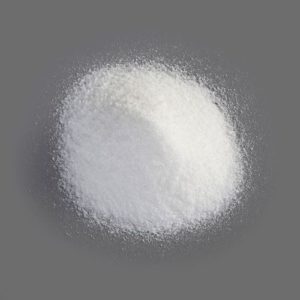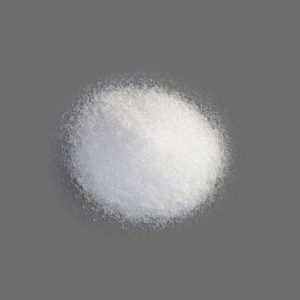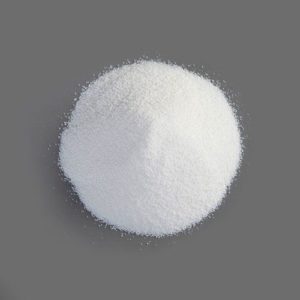Description
Vitamin E is a group of eight fat-soluble compounds that include four tocopherols and four tocotrienols. Vitamin E deficiency, which is rare and usually due to an underlying problem with digesting dietary fat rather than from a diet low in vitamin E, can cause nerve problems. Vitamin E is a fat-soluble antioxidant protecting cell membranes from reactive oxygen species.
Worldwide, government organizations recommend adults consume in the range of 7 to 15 mg per day. As of 2016, consumption was below recommendations according to a worldwide summary of more than one hundred studies that reported a median dietary intake of 6.2 mg per day for alpha-tocopherol. Research with alpha-tocopherol as a dietary supplement, with daily amounts as high as 2000 mg per day, has had mixed results. Population studies suggested that people who consumed foods with more vitamin E, or who chose on their own to consume a vitamin E dietary supplement, had lower incidences of cardiovascular diseases, cancer, dementia, and other diseases, but placebo-controlled clinical trials could not always replicate these findings, and there were some indications that vitamin E supplementation (≥400 IU/d for at least 1 year) actually was associated with a modest increase in all-cause mortality. As of 2017, vitamin E continues to be a topic of active clinical research. There is no clinical evidence that the use of vitamin E skincare products is effective. Both natural and synthetic tocopherols are subject to oxidation, and so in dietary supplements are esterified, creating tocopheryl acetate for stability purposes.
Both the tocopherols and tocotrienols occur in α (alpha), β (beta), γ (gamma), and δ (delta) forms, as determined by the number and position of methyl groups on the chromanol ring. All eight of these vitamers feature a chromane double ring, with a hydroxyl group that can donate a hydrogen atom to reduce free radicals and a hydrophobic side chain which allows for penetration into biological membranes. Of the many different forms of vitamin E, gamma-tocopherol (γ-tocopherol) is the most common form found in the North American diet, but alpha-tocopherol (α-tocopherol) is the most biologically active. Palm oil is a source of tocotrienols.
Speak with a Specialist Today
Additional information
| CAS# | 59-02-9 |
|---|---|
| Formula | C29H50O2 |





